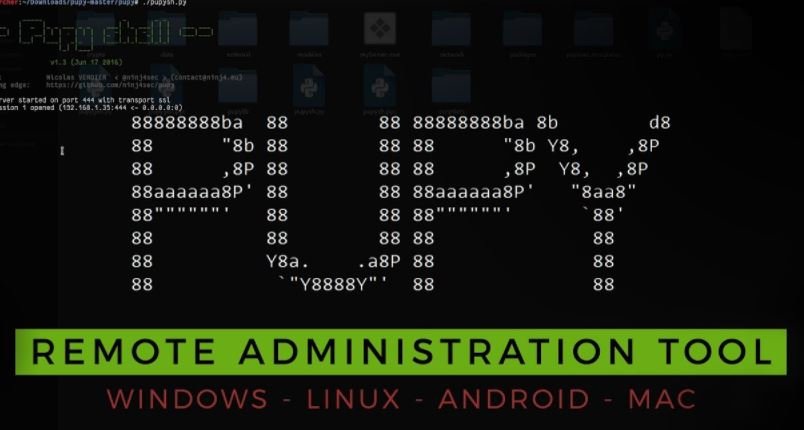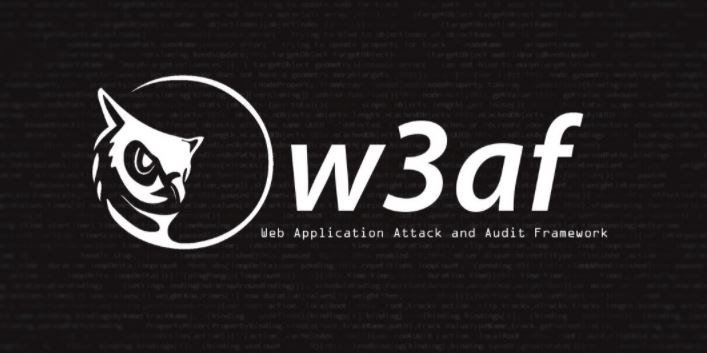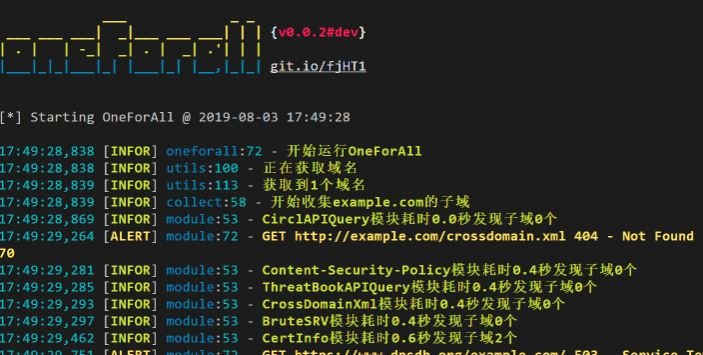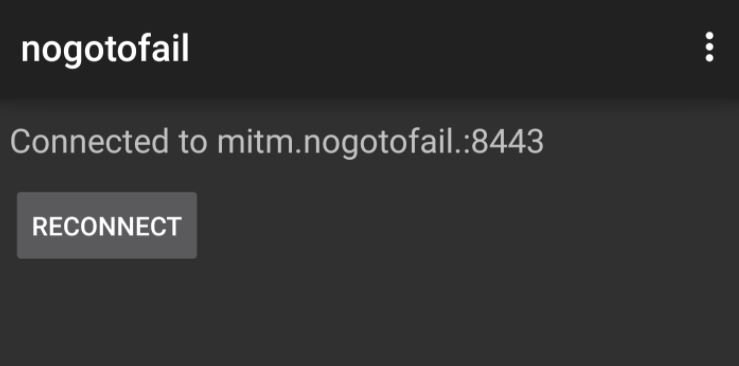Penetration testing (pentesting) is the most widely used method of ethical hacking to find security vulnerabilities that threat actors could exploit on specific systems. As many will remember, this process requires attacking your own operating system just as a real malicious hacker would.
In this process pentesters use tools with extensive intrusion capabilities that could even be used for malicious purposes, so it is essential to consider all possible uses of these developments.
Next, specialists from the International Cyber Security Institute (IICS) will show us the seven best pentesting tools for Python. This is the programming language most used by hackers due to its versatility and capabilities, so it is the ideal choice to use pentest tools.
SQLMAP

SQL injections, used to access databases through illegitimate queries, are one of the most popular attack variants today, and hackers often find these vulnerabilities easily.
Using sqlmap, an open source tool, pentesters will be able to execute SQL injections and automate an attack on a database. The tool returns a lot of very useful information to determine if a system is vulnerable to SQL injections, even with the presence of some false positives.
The tool has received over 18,000 positive reviews on GitHub, so it has become a critical part of any pentesting kit.
PUPY

PuPy is a remote management tool (RAT) that multiple researchers have used for pentesting to verify the security of a system and determine how vulnerable it is to attacks.
Using this tool pentesters can run Python scripts in memory without touching the disk, which will happen inadvertently for any security tool. In addition, PuPy can run on any widely used operating system, although it necessarily requires installing the Python library.
DIRSEARCH

Before deploying any hacking campaign, cybercriminals must know the attack surface. A critical element to know is the number of directories that a web application has. Dirsearch can find directories, subdirectories and files in an application, revealing great details about its structure.
This tool can force directories and files, so it is considered a fundamental part of any pentesting arsenal.
W3AF

Web Application Attack and Audit Framework (w3af) is a tool capable of analyzing a web application for SQL injection failures and other common problems. W3af is a Python urllib2 container that uses an add-in architecture in which each runs a script on a form to verify if there are exploitable vulnerabilities.
Researchers can add payloads to any part of an HTTP request and verify the output data.
WFUZZ

This tool is used to test web applications using HTTP requests, replacing the data in any field in the request with the payload selected for pentesting. Wfuzz adopts an add-on architecture, although creating plugins is really easy.
Wfuzz is included in the Kali Linux web applications section.
ONEFORALL

This tool, developed in China, checks any existing subdomains to execute a brute force attack and even take control of a specific subdomain. In addition, pentesters will be able to verify subdomain transfer, HTTPS certificates, bots, and site maps.
IICS pentesting specialists mention that OneForAll can process up to 350,000 domains per second and automatically deduplicate the subdomain list, which is very useful when the number of subdomains increases.
NOGOTOFAIL

While this is not a really popular tool, nogotofail is really interesting during the pentesting of TLS/SSL vulnerabilities on any device with an Internet connection. Created by Google in 2014, this tool verifies the network traffic of any device and is especially useful when analyzing the security of devices running Android.
IICS specialists mention that while these tools are useful individually, their utility is enhanced when used in combination, achieving great analytics capability to prevent web applications from suffering from security flaws capable of exposing users and developers.
He is a cyber security and malware researcher. He studied Computer Science and started working as a cyber security analyst in 2006. He is actively working as an cyber security investigator. He also worked for different security companies. His everyday job includes researching about new cyber security incidents. Also he has deep level of knowledge in enterprise security implementation.
